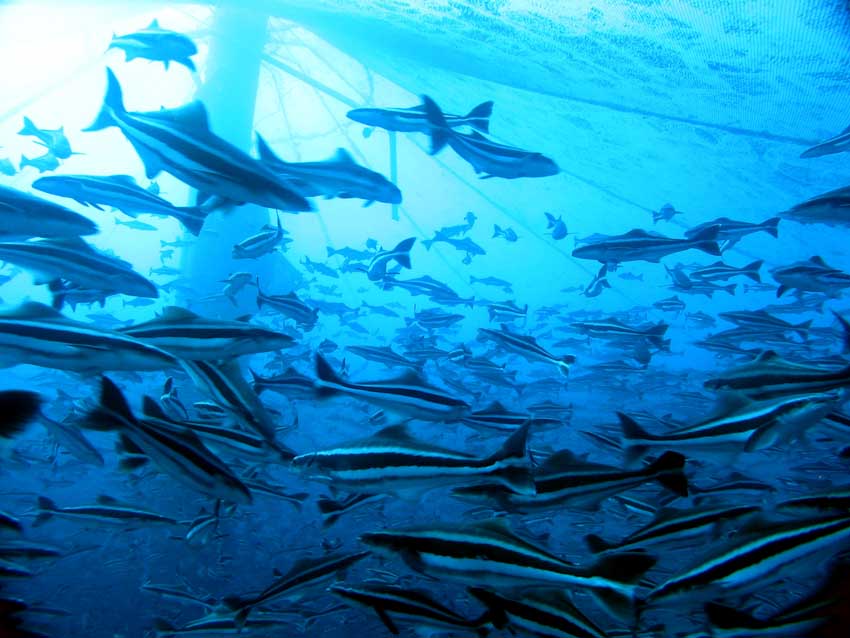-
Products
- Lab Instruments
- Lab Meters and Probes
- Chemistries, Reagents, and Standards
-
Online Analyzers
Ammonium Analysers Ammonia Monochloramine Chlorine Analyzers
- CL17sc
- CL10sc Amperometric
- 9184 sc Amperometric
- Ultra Low Range CL17sc Colorimetric Chlorine Analyser
EZ Series Analysers- Iron
- Aluminium
- Manganese
- Phosphate
- Chloride
- Cyanide
- Fluoride
- Sulphate
- Sulphide
- Arsenic
- Chromium
- Copper
- Nickel
- Zinc
- Ammonium
- Phenol
- Volatile Fatty Acids
- Alkalinity
- ATP
- Hardness
- Toxicity
- Sample Preconditioning
- Boron
- Colour
- Nitrate
- Nitrite
- Silica
- Hydrogen Peroxide
- EZ Series Reagents
- EZ Series Accessories
- EZ sc Series Inorganics
- EZ sc Series Metals
- EZ sc Series Nutrients
- Flow
-
Online Sensors and Controllers
Digital Controllers (Transmitters) Controllers (Analog)
- SC4500
- CA9300 Series Analog Transmitters
- Orbisphere 410/510 Carbon Dioxide
- Orbisphere 410/510 Oxygen
- Pro Series
pH & ORP Sensors- 12mm pH/ORP
- 8362 sc High Purity
- Combination pH/ORP
- Differential pH
- Digital Differential ORP
- Digital Differential pH
- LCP ORP
- LCP pH
- Sampling
- Multiparameter Online Panels
- Claros Water Intelligence System
- Test Kits & Strips
-
Microbiology
Prepared Media
- BARTS
- Liquid MPN
- MUG Tube
- Membrane Filtration
- Paddle Testers
- Presence-Absence
- Total Count Media
- Yeast and Mold
Dehydrated Media Kits Cryptosporidium & Giardia Analysis Legionella pneumophila Test Pseudomonas aeruginosa TestLabware- Accessories
- Funnels, Pumps & Manifolds
- Microbiology Filters
- Petri Dishes & Accessories
- Sampling Bags
- Vials, Tubes, Bottles & Racks
- Comparators
- Microbiology Accessories
- Microbiology Chemicals
- QC: Microbiology
- Quanti-Trays
- Sealer and Rubber Inserts
- UV Lamps
- Vessels
-
Lab Equipment and Supply
Apparatus
- Brushes
- Clamps, Rings & Stands
- Crucibles
- Crucibles & Casseroles
- Dispensers & Droppers
- Grab Samplers
- Oil and Grease
- Other Apparatus
- Pipet Aids
- Pipettes
- Racks
- Stir Bars
- Tubing
- Weighing Accessories
Instruments- Balances
- Hot Plates & Stirrers
- Microscopes
- Moisture Analysers
- Other Instruments
- Ovens & Incubators
- Thermometers
- Timers
- Vacuum Pump
- Automated Lab Systems
-
Environmental
Accessories Ambient Weather
- Kipp & Zonen Pyrgeometer
- Kipp & Zonen Scintillometer
- Lufft Ultrasonic Wind Sensor
- Lufft WS Series Smart Weather Sensor
- Lufft WS10 Series
Visibility and Present Weather Detection Hydrology Software Hydrology Water Discharge - Flow Road and Runway Sensors Solar Tracking and PV SoilingWater Level- OTT CBS Compact Bubbler Sensor
- OTT PLS Pressure Level Sensor
- OTT PLS(-C) Pressure Level Sensor with Conductivity
- OTT RLS Radar Level Sensor
- SUTRON Accubar Pressure Level Sensor
- SUTRON Constant Flow Bubbler
- SUTRON SDR Stage Discharge Recorder
Data Loggers and Telemetry- ADCON - Wireless Radio Communication / Telemetry
- Kipp & Zonen Data Logger
- SUTRON Antenna
- SUTRON SatLink 3 Logging Transmitter
- SUTRON XLINK 100 Logging Transmitter
- SUTRON XLINK 500 Logging Transmitter
- SUTRON XLite 9210 Datalogger
- SUTRON Xpert2 Datalogger
- Industrial UV
- Marine
- Municipal UV
- Parameters
- Applications
- Industries
- Brands
- Service & Support
- News & Events
Application - Aquaculture
Aquaculture
The health of fish is directly dependent on water quality — so analysis is a must. It also helps to conserve resources, by determining the correct amount of feed for example.

Aquaculture, is one of the fastest growing food-producing sector. It is responsible for providing 50% of the global supply for the fish we eat. Hence, proper management of aquaculture water quality plays a significant role for the success of aquaculture operations.
There are several key water quality parameters that can each directly affect animals’ health. However, in the complex dynamic aquaculture environment, water quality parameters also influence each other. Thus, maintaining balance in water quality parameters is fundamental for the health and growth of culture organisms.
The use of the latest technology is absolutely essential for modern fish farms if they are to achieve high yields and stay competitive. That is why more and more businesses are relying on aeration with pure oxygen in conjunction with automated feeding systems. For automated feeding systems, feeding is regulated according to the water temperature, oxygen content and carbon dioxide content as well as the turbidity. This prevents overfeeding and hence increased pollution of the tank.
At the same time, however, monitoring these automated systems demands sophisticated measurement technology with reliable, self-monitoring sensors.
HACH offers lab, portable and online measurement tools for the following parameters:
- Ammonium
- Oxygen (LDO)
- Turbidity
- pH
- Nitrate
- Phosphate
Alongside automated systems, routine monitoring of the water quality is very important also. Many of the substances contained in water are harmful to fish, including nitrate, phosphate, ammonium, nitrite and also heavy metals such as copper. Intermittent monitoring, using mobile systems in some cases, and photometric testing is therefore advisable.
If fish are transported over long distances, the water quality in the transport tanks also has to be monitored. The oxygen and ammonium concentration is particularly important here.
Monitoring and instruments by parameters
|
Parameters |
Why measure? |
Hach Online Analyzers |
Hach Lab Products |
|
Dissolved Oxygen |
Direct influence on feed intake, disease resistance and metabolism. |
||
|
pH |
Affects physiological processes of culture organisms |
||
|
Ammonia |
Excessive feeding and waste |
NH3ISE for HQd |
|
|
BOD |
Oxygen demand by aerobic bacteria to break down organic material |
||
|
ORP |
Monitor of oxidative environment |
||
|
Turbidity |
Phytoplankton and clay particles Affects dissolve oxygen |
||
|
Conductivity/Salinity |
Osmoregulation of body minerals |



